info@chinaadventure.org
86-18008011324
Search
Tea culture means the cultural characteristics formed in the process of tea drinking activities, including tea ceremony, tea virtues, tea spirit, tea union, tea books, tea sets, tea paintings, tea studies, tea stories, tea art and so on. China is the hometown of tea and the birthplace of tea culture. The discovery and utilization of Chinese tea has a history of more than 4,700 years, and it is spread all over the world.
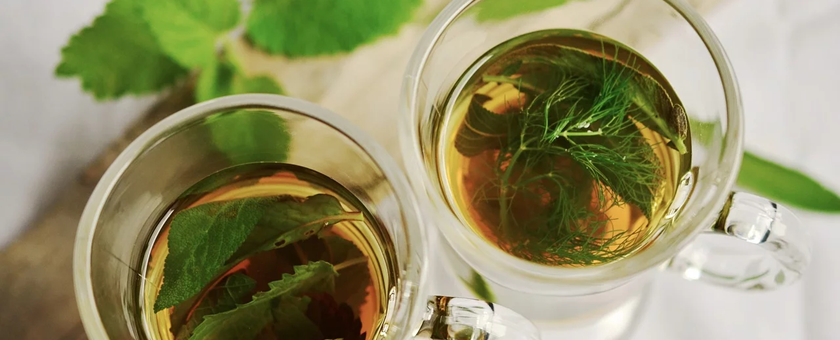
Origin
Tea really became popular in the Tang Dynasty. The modern Chinese word for "tea" was written by Lu Yu around 780 AD. His books covered everything from tea growing to brewing and famous tea gardens across China. The book was influenced by Lu Yu's Buddhist beliefs and was brought to Japan by Japanese Buddhist missionaries along with tea tree seeds. Japan developed its own sophisticated tea ceremony and rich tea culture. Tea began to spread slowly westward. Indian legend has it that Bodhidharma liked the new drink so much that it arrived in Arabia in 850 AD. Tea did not reach Europe until the 16th century, when Portuguese and Dutch traders followed the sea routes of Africa.
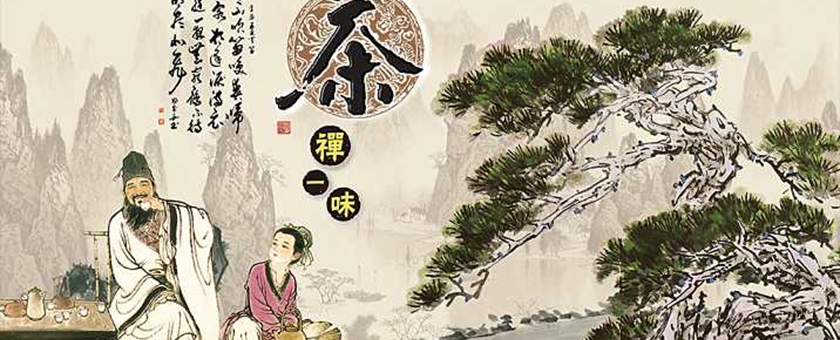
Development of Chinese Tea Ceremony:
1. Fried tea: pour the tea powder into a pot and boil it with water. Tea in Tang Dynasty is the earliest artistic taste of tea.
2. Tea ordering and tea battle: compared with tea frying in the Tang Dynasty, people in the Song Dynasty prefer the elegant and delicate art of tea ordering. Because the habit of tea drinking in the Song Dynasty became fashionable, it was also popular to compare tea blending skills and tea quality, also known as the "tea battle ". 3. Brewed tea: people in the Yuan Dynasty began to use tea leaves or tea powder to fry and drink tea without adding or adding only little seasoning. This simple and pure drinking method was accepted by more and more people. The method of brewing tea with boiling water was formed in Ming Dynasty, which has been used to this day.
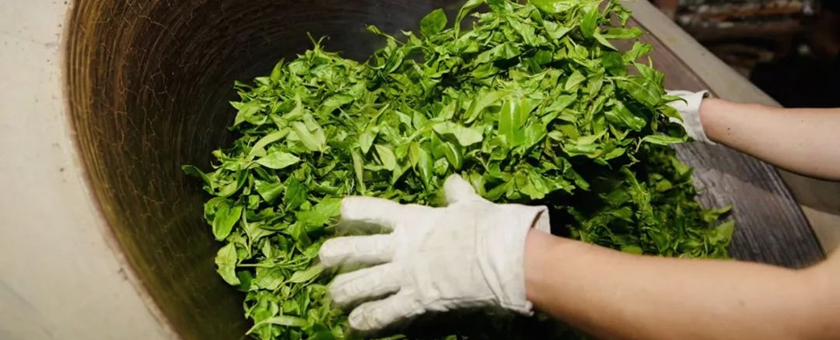
Tea Culture
Tea culture in China is different from that in the west or Japan. China's tea culture has a long history, bearing the dual connotations of material and spirit. Since the Tang Dynasty, tea's spiritual influence had permeated all areas of society and helped to shape the styles of Chinese poetry, painting, calligraphy, religion and medicine. For thousands of years, Chinese people have not only accumulated rich experience in tea production, enriched the material aspects of tea culture, but also enriched the spiritual content of tea.

The Benefits of Drinking Tea
Chinese tea contains some special substances, such as Polyphenols and Theanine, which are good for our health. Here are 11 benefits of Chinese tea:
1. Tea can refresh people's spirits and enhance their thinking and memory ability.
2. Tea can eliminate fatigue, promote metabolism, and maintain the heart, blood vessels, gastrointestinal and other normal functions of the role.
3. Drinking tea is good for preventing dental caries.
4. Tea contains many trace elements beneficial to human body.
5. Tea has the effect of inhibiting malignant tumors, and drinking tea can significantly inhibit the growth of cancer cells.
6. Drinking tea can inhibit cell senescence and prolong life.
7. Tea can stimulate the central nervous system, enhance the ability to exercise.
8. Drinking tea has a good effect on weight loss and beauty.
9. Tea can prevent senile cataract.
10. Drinking tea can protect the hematopoietic function.
11. Drinking tea can keep the temperature down.
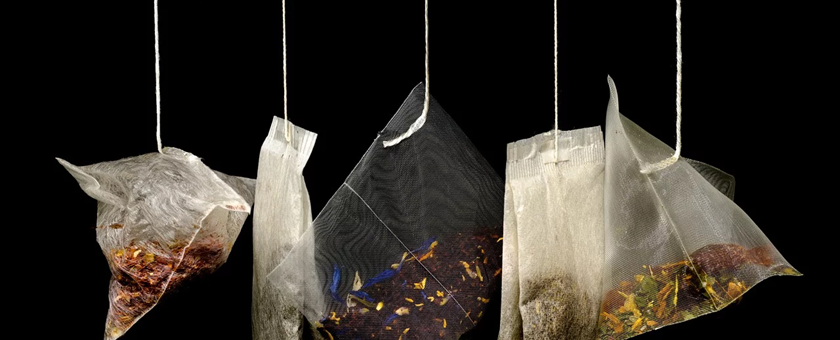
Tea Categories
Chinese tea can be subdivided into six varieties, namely green tea, black tea, Oolong tea, white tea, yellow tea and dark tea.
1. Green tea:
Chinese green tea, an unfermented tea, is the most consumed tea in China. China's famous green tea are Longjing, Huangshan Maofeng, Biluochun and so on. Drinking green tea can help fight aging, prevent cancer, lose weight and so on.

2. Black tea:
Black tea, also called red tea in China, gets the name from the red color of its tea water and leaves after being brewed. China's famous Black tea are Keemun Black Tea, Lapsang Souchong, Yunnan Black Tea and Sichuan Black Tea.
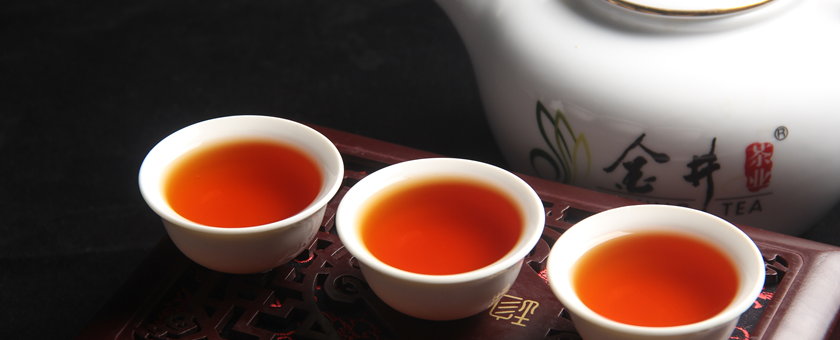
3. Oolong tea:
Oolong tea is a semi-fermented tea. The production process of Oolong tea in China is mainly picking, withering, kneading, fermenting and baking, absorbing green tea and black tea’s production methods, thus making this tea with the fragrance of green tea and the mellowness of black tea. It is also known as "beautiful tea" in Japan because of its outstanding effect on weight loss and anti-aging. Famous brands are Dahongpao, Tieguanyin, Wuyi Oolong tea and Dongding Oolong tea.
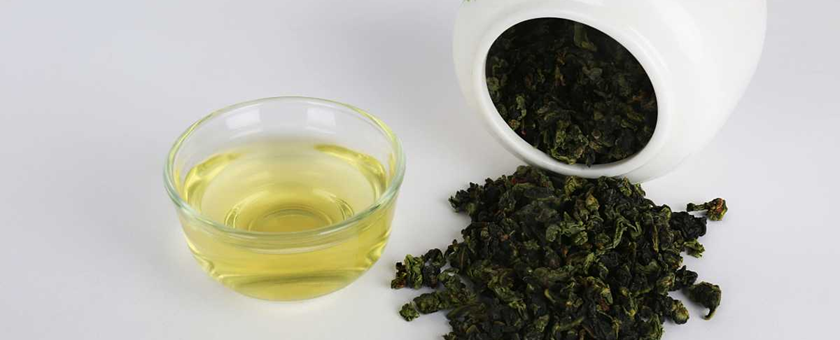
4. White tea:
White tea is one of the six major teas in China. Its tea is covered with a wide range of fine white hairs, similar to the silver and snow colors of the tea leaves. The water is yellowish green in color and tastes fresh, mild and mellow. Chinese white tea is a type of fermented tea that can only be dried in the sun or heated at a low temperature. Famous brands are Baihao Yinzhen, White Peony.

5. Yellow tea:
The process of making yellow tea has something in common with green tea, except that the key to making real yellow tea is oxidizing before or after drying to give it a yellow color. If you develop the habit of drinking yellow tea regularly, the spleen and stomach may be two beneficiaries. The risk of food intake, loss of appetite and obesity is reduced. Famous brands are Mengding Mountain Huangya, Jun Mountain Yinzhen.
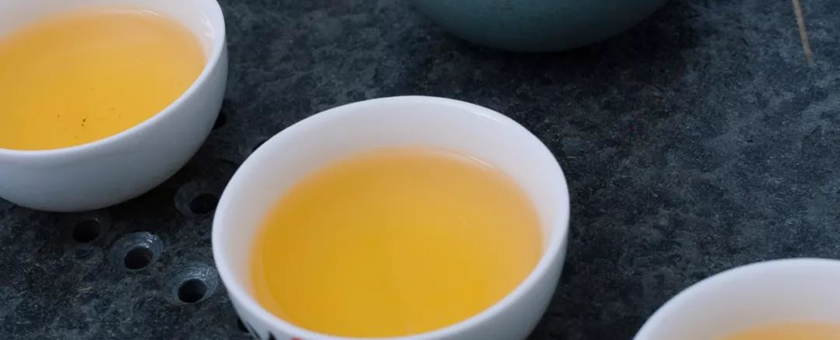
6. Dark tea:
Dark tea is not as well-known as other types of Chinese tea, but it is the material used to make compressed tea, like brick tea. Dark tea is known for its amazing nutrients, such as protein, amino acids and sugars, which can help you reduce greasiness, promote digestion and combat skin oxidation. Famous brands are Pu er, Guangxi Liubao.
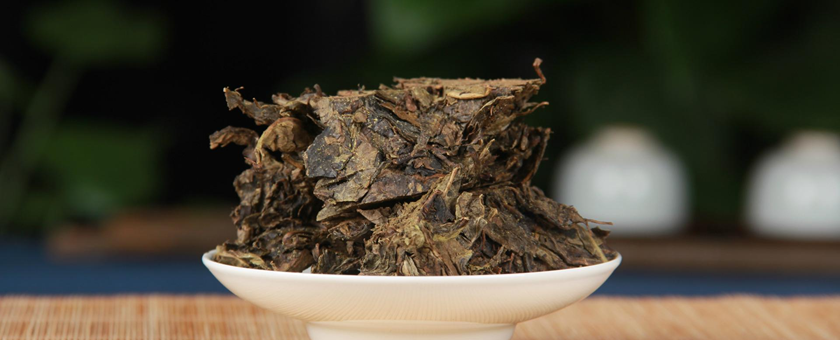
Most Famous Chinese Teas
There are 10 most famous teas, but not all the "best 10" lists are consistent. Here's a typical list:
Longjing tea, Biluochun, Tie Guanyin, Huangshan Maofeng, Junshan silver needle tea, Qimen black tea, Da Hong Pao tea, Guapian tea, Xinyang Maojian and Taiping monkey Kui.
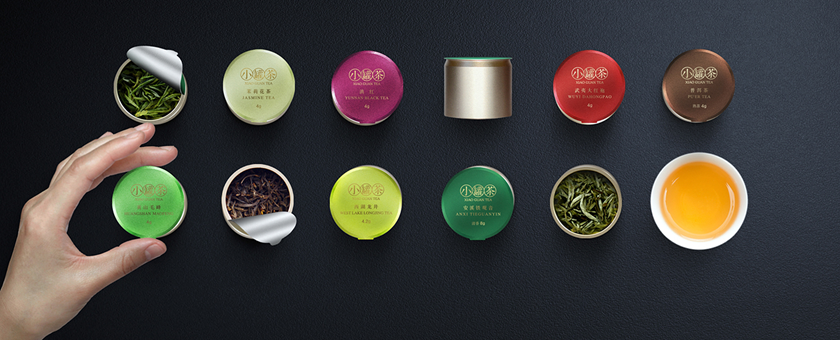
The Tea Ceremony Etiquette:
1. Connect the cup with both hands when serving tea;
2. When you smell or drink tea, show your appreciation and gratitude to the host;
3. Take a sip of tea at a time during the ceremony, rather than gulping it down.
4. Dress appropriately for the tea ceremony because it is a formal occasion. An appropriate Chinese tea ceremony dress can be a cheongsam or a long skirt or a Chinese tunic suit.

we’ll reply you in 24 hours!
Copyright © 2012-2024 All Rights Reserved to chinaadventure.org